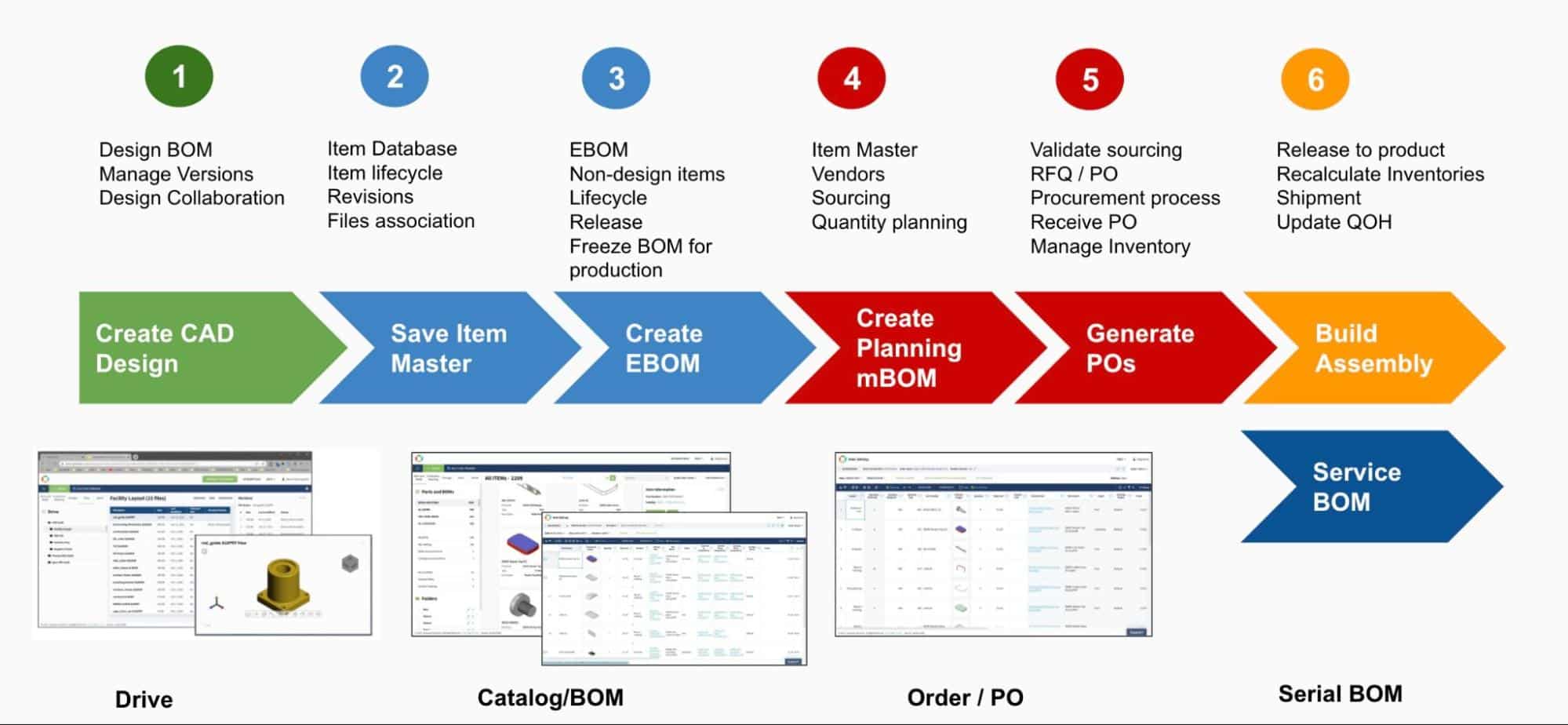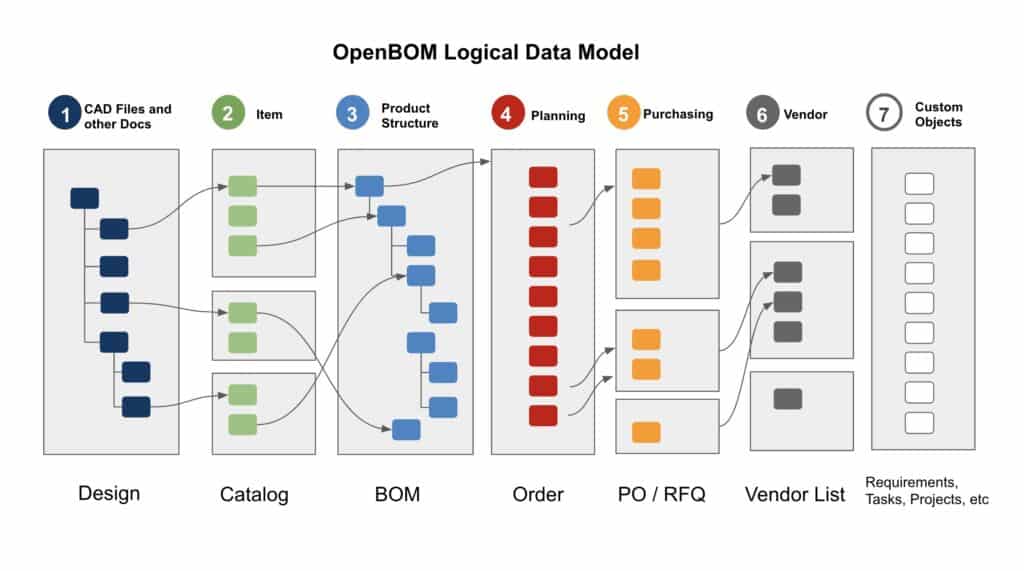
Digital transformation is in full swing these days. While speaking to many manufacturing companies, I can tell that change is in the air and companies are looking at how to get their data management in order. When I’m talking about digital transformation, I like to speak about files, because the topic of files is very interesting. What will happen with documents and files? Will they be needed to manage processes in a fully digital environment? Check out this article – will CAD files and documents be obsolete soon?
The conclusion – files are here to say for the foreseeable future. The reason for that is simple. We just have too many systems and pieces of information that live in files that we cannot escape overnight. It is not possible. The majority of CAD designs are still done in files. Many documents must be printed and stored in files for the outcome. Not everyone is transforming to online systems overnight and they will continue to consume files for the purpose of storage and communication.
At OpenBOM, we have been thinking about files, file storage, and file management. For the last year, we’ve been working to increase and enhance OpenBOM capabilities and infrastructure to manage files and support multiple data management workflows that involve files.
How does OpenBOM manage files? With the recent enhancements of OpenBOM and the introduction of OpenBOM Drive, I’ve been getting questions about file management more and more.
I’m sure you had a chance to read our training library articles and File Management and OpenBOM Drive. Together, they will give you an idea of how you can manage files in OpenBOM. In my article today, I want to help you build a bigger picture of file management with OpenBOM in different objects and lifecycles.
Digital Lifecycle
The following image shows you a typical digital lifecycle supported in OpenBOM. The information flow goes from the initial design, item lifecycle management, EBOM, planning (or MBOM), and towards purchasing, procurement, service, and maintenance.

Can you manage files and get files involved in this digital workflow using OpenBOM? Absolutely! There is a lot of flexibility in the way OpenBOM services are operating to manage files. OpenBOM allows you to manage CAD and other files using the Drive service where you can manage file versions. Then you can have the file attached to Item and Item Revisions. Later on, you can get files attached to Orders, POs, service BOMs, and maintenance orders.
OpenBOM Flexible Object Model and Files
Let me show you OpenBOM object models and how “file objects” are managed in OpenBOM’s flexible data structure. In the picture below you can see seven types of OpenBOM objects.

Drive, Folders, Files
Files can be stored and managed in Folders using Drive Service. Drive is a virtual file system that represents a fully functioning file system in the way you know it in any OS but also includes an instant versioning mechanism. You get unlimited file storage, vaulting, version control, check-in/out operations, and also 3D viewer services.
Reference Object Property
A reference property is a granular data element in OpenBOM that can be attached to multiple data types – items, BOMs, orders, POs, etc. This data element allows you to store a file as an attachment and by doing so, has this file always associated with a specific data set – Item, Item Revision, BOM, etc. It is flexible and powerful.
Item Revisions and Files
Reference object property allows you to store files attached to objects such as Items. An additional mechanism – Item revisions will take care of automatically storing file revisions each time an Item revision is created. Which gives you a fully-fledged file revision managed in the product structure.
Conclusion
Files are not going away any time soon. OpenBOM provides you a flexible and robust mechanism to manage files and to provide collaborative access to files in a variety of forms using virtual file systems (OpenBOM Drive) and as a granular data object with file attachment (Reference property) that can be attached to any OpenBOM data objects – Item, BOM, etc.
By combining these mechanisms, OpenBOM helps you combine both worlds – files and granular data objects, to manage CAD fields and other files as well as keep files attached to a flexible data structure managing items, product structure, and other objects.
REGISTER FOR FREE to check out how OpenBOM can help you and start a 14-days trial today.
Best, Oleg
Join our newsletter to receive a weekly portion of news, articles, and tips about OpenBOM and our community.










